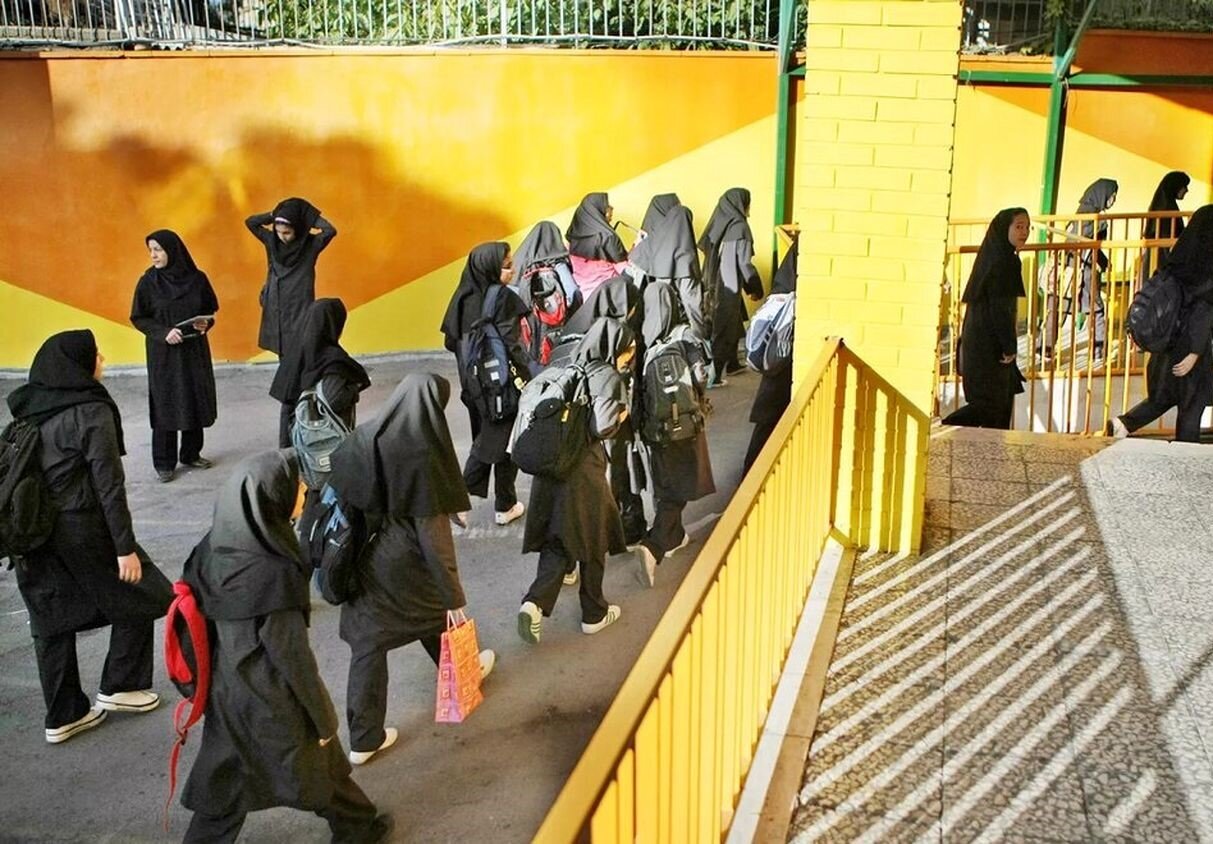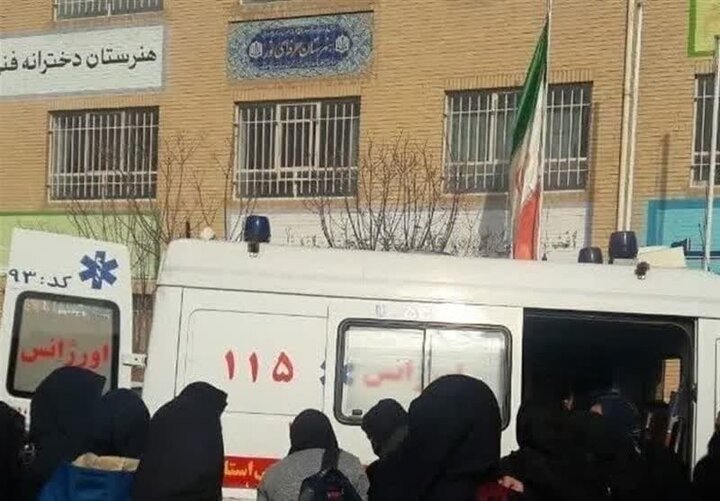Iran (IMNA) - The Intelligence Ministry set out the final conclusions of a thorough investigation into the inexplicable episodes, which began in late November in the city of Qom, where approximately 50 female students fell unwell and had to be transferred to the hospital, in a statement issued on Friday.
Similar reported poisonings have since happened in numerous other schools in Qom, Tehran, and Kermanshah in the west, and Ardabil in the northwest, necessitating the hospitalization of dozens of schoolgirls.
The instances occurred in the midst of protests following the death of Mahsa Amini, 22, who was in police custody in Tehran in mid-September, according to the ministry.
"There were reports of student sickness in some schools throughout the country, and they gradually increased," according to the statement. "There was an inverse relationship between the gradual decline in riots and the rapid rise in incidents resulting in publicization of the students' infirmity."
The statement emphasized that the Interior Ministry, Health Ministry, and President of Iran promptly issued strict orders to looked into the matter, and the Intelligence Ministry immediately called upon all of its intelligence, security, technical, operational, and laboratory capabilities to identify the causes and factors.

Stink bombs, pepper sprays, panic-causing odorous agents, anti-security intents, and mass hysteria agents, according to the ministry, were among the five variables engaged in establishing or inducing ailment at various schools around the country.
According to the ministry's field and laboratory results, "malingering" was one of the proven causes of the occurrences, with the goal of fun, skipping lectures and examinations, and, in a few cases, generating unrest and riots.
The statement added, "Toxic substances have not been distributed in any of the nation's schools, but non-toxic factors have been used accidentally or purposefully in some reported cases."
Several persons were charged with taking the aforementioned drugs; they were submitted to the legal authorities in accordance with their infractions or crimes after being recognized, contacted, or detained, the statement continued.
The report reiterated its main finding that there hasn't been a network in the country for the distribution of poisonous substances, stating that there are, however, many cyber networks both inside and outside of Iran that create and spread rumors to cause school closures, elicit protests from parents of students, and purposefully accuse the Islamic establishment.
According to the statement, several such networks have been tracked and identified, and all of their members have been or will be punished.


Your Comment